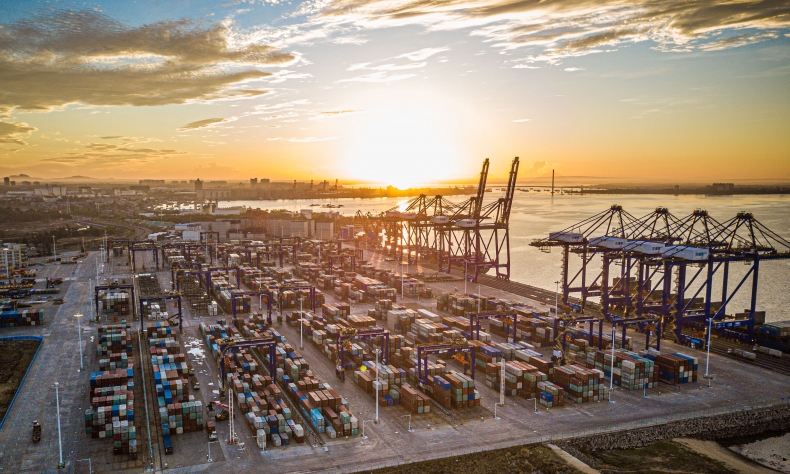Hainan’s Key Role in Free Trade Development

In the future, the establishment of the FTP will allow Hainan to further merge and expand its industries in Southeast Asia with the support of the substantially larger Chinese market.
In June 2021, China’s State Council Information Office released a white paper on the construction of the Hainan Free Trade Port (FTP), which includes a series of central policies and achievements of the related construction over the past year from more than 10 dimensions. The paper clearly and explicitly stipulates that Hainan will establish a free trade port policy with specific tax arrangements, efficient social governance and robust legal system. Meanwhile, a detailed appendix illustrates more than 400 key events and 135 key policies in relation to the FTP’s development.
The Hainan FTP focuses in particular on trading and investment, whereas the Chinese government anticipates that liberalization and facilitation will be “basically established” by 2025 and become “more mature” by 2035. This prominent move further signifies China’s determination and confidence in shaping this southern tropical island province into a world-class free trade port which allows frequent and rapid investment in the decades ahead. Apparently, the FTP is positioned as the golden window for China’s further opening up to the world at large.
The white paper is also aligned with the Master Plan for the Construction of Hainan Free Trade Port released back in June 2020, which is targeted at transforming the resort province into a globally influential free trade port by the middle of the century. Apart from providing coherence and continuity, the policy is important in that it offers greater predictability and transparency to outsiders. With a solid legal foundation, especially in terms of fair business competition and systematic company registration, foreign enterprises and investors can enjoy higher trust in investing.
At the same time, the white paper grants Hainan with the flexibility to introduce further reforms based on its unique context and actual needs. This space is important for allowing the FTP to make timely and corresponding changes and modifications, so as to better seize opportunities and cope with various challenges.
In general, the white paper is very comprehensive and detailed as it touches upon a series of policies and initiatives that have been and are going to be launched in steps or phases, so as to realize the overarching goals of trade and investment liberalization, rapid cross-border flow of funds, and accessible entry and exit of personnel. With all these favorable conditions, the development of the Hainan FTP is expected to be very rapid and promising in the long run.

Under the strong wave of economic globalization, China continues to grab hold of every opportunity to build an open global economy. Extensive and regular economic and trade exchanges can achieve benign and win-win cooperation, which makes cooperation among countries around the world closer and promotes mutual relations. With the use of the FTP as a mutual platform, various countries can obtain economic benefits and accelerate their own development. Throughout the dynamic and reciprocal interactions, countries can also reduce potential misunderstandings and cultivate mutual trust, which eventually helps maintain world stability and prosperity.
A good example of this is the relationship between China and the Association of Southeast Asian Nations (ASEAN), with the latter being China’s largest trading partner for more than a decade. Given the similarities of the industrial structures between Hainan and Southeast Asia, there are certainly many business development opportunities ahead. In the future, the establishment of the FTP will allow Hainan to further merge and expand its industries in Southeast Asia with the support of the substantially larger Chinese market.
While China is aspiring to undergo economic transformation and upgrade its value chain, the establishment of the Hainan FTP is another form of development with inestimable strengths and potential, given the prior developmental trajectory and geographical location of Hainan. With the development of an export-oriented economy, apart from trading and finance, there are also emerging developments in terms of tourism, transportation, technology, healthcare and education. All these could further diversify the Chinese economy and initiate another round of development. It is also believed that these successful instances and experiences could be transferred to other parts of China in the future, which will help boost long-term economic growth and overall competitiveness.
Mathew Wong is an assistant professor in the Department of Social Sciences at the Education University of Hong Kong.
 Facebook
Facebook
 Twitter
Twitter
 Linkedin
Linkedin
 Google +
Google +










